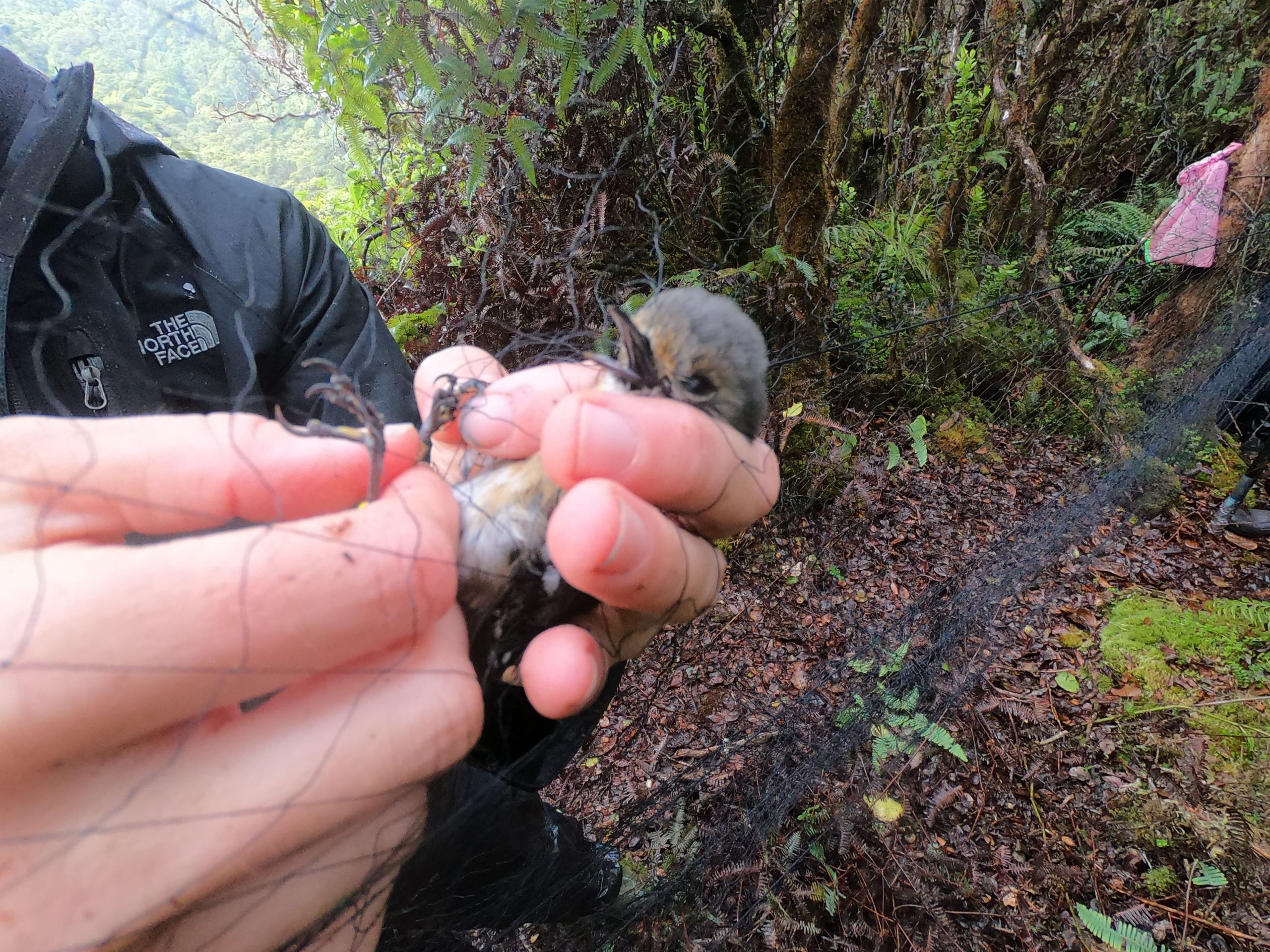(HONOLULU) – October is “Stop the Ant Month” in Hawaiʻi and a multi-agency effort throughout the month will encourage residents to collect and submit ants from their properties to help detect and control the spread of invasive little fire ants (LFA) and other harmful pest ants that may be new to the state.
Invasive Species
(HONOLULU) – A recent survey of Hawai‘i residents shows that the vast majority (93%) consider invasive species a serious issue. The State is half-way through the implementation of the 2017-2027 Hawai‘i Interagency Biosecurity Plan to fill the gaps in invasive species prevention and control, and with the aim to increase awareness in helping to protect Hawai‘i.
(HONOLULU) – A new animated video highlights the success story of how biocontrol, a process where a carefully selected living organism is used to control an invasive species, helped to save the native Wiliwili tree. The video, produced by the DLNR Division of Forestry and Wildlife (DOFAW) in collaboration with the Coordinating Group on Alien Pest Species, also shows how biocontrol can continue to be an important tool in managing invasive species in Hawaiʻi.
(LĪHU‘E) – The recent detection of a new population of Little Fire Ant (LFA) in Wailua River State Park, was confirmed by a sample submitted by a concerned citizen, showing how essential residents are to the process.
(HONOLULU) – Significant federal dollars are headed to Hawai‘i to help address the extinction crisis facing at least four species of native Hawaiian birds. An unprecedented $14 million for Hawai‘i ecosystem restoration is included in the Bipartisan Infrastructure Law, described as a major investment in the conservation and stewardship of America’s public lands.
(HILO) – A newly released study by federal and university researchers provides “encouragement and guidance” for land managers wanting to reestablish ʻōhiʻa stands wiped out by the fungal disease, Rapid ʻŌhiʻa Death, or impacted by other disturbances like volcanic activity and wildland fires.
(HONOLULU) – As Hawaiʻi Invasive Species Awareness Month (HISAM) drew to a close, a series of award winners were announced by the Hawaiʻi Invasive Species Council (HISC). The awards recognize community members and organizations that have made substantial contributions to protecting Hawaiʻi from the impacts of invasive species.
(LĪHU‘E) – Almost four years after Rapid ʻŌhiʻa Death (ROD) was first detected in a lower-elevation forest in northeast Kaua’i, the fungus known to exclusively infect ʻōhiʻa has been found in a dead ʻōhiʻa in the pristine wilderness area of the Alakaʻi at 4,100-feet elevation.
(Honolulu) – Invasive species have a devastating effect on the state’s agriculture, food self-sufficiency, freshwater quality and quantity, human health, and on the health of native species and ecosystems. February 1st marks the start of Hawaiʻi Invasive Species Awareness Month (HISAM).
(KAHULUI) – Only one of the islands, comprising Maui Nui, is free from hooved animals. The 32,000-acre Kaho‘olawe no longer experiences ungulate-caused deforestation and the loss of topsoil, after goats, sheep, and cattle were eliminated from the island.









